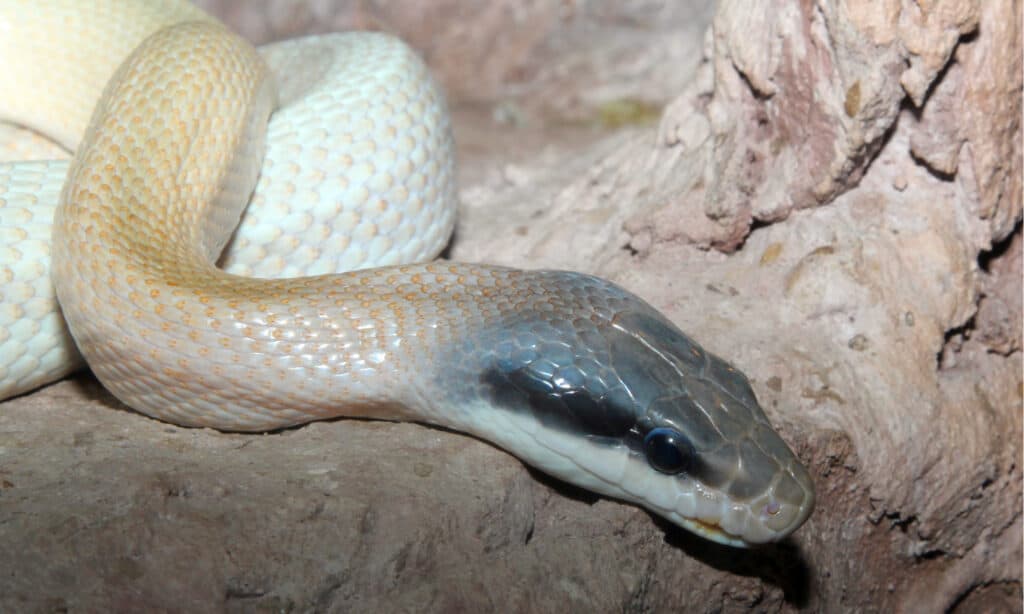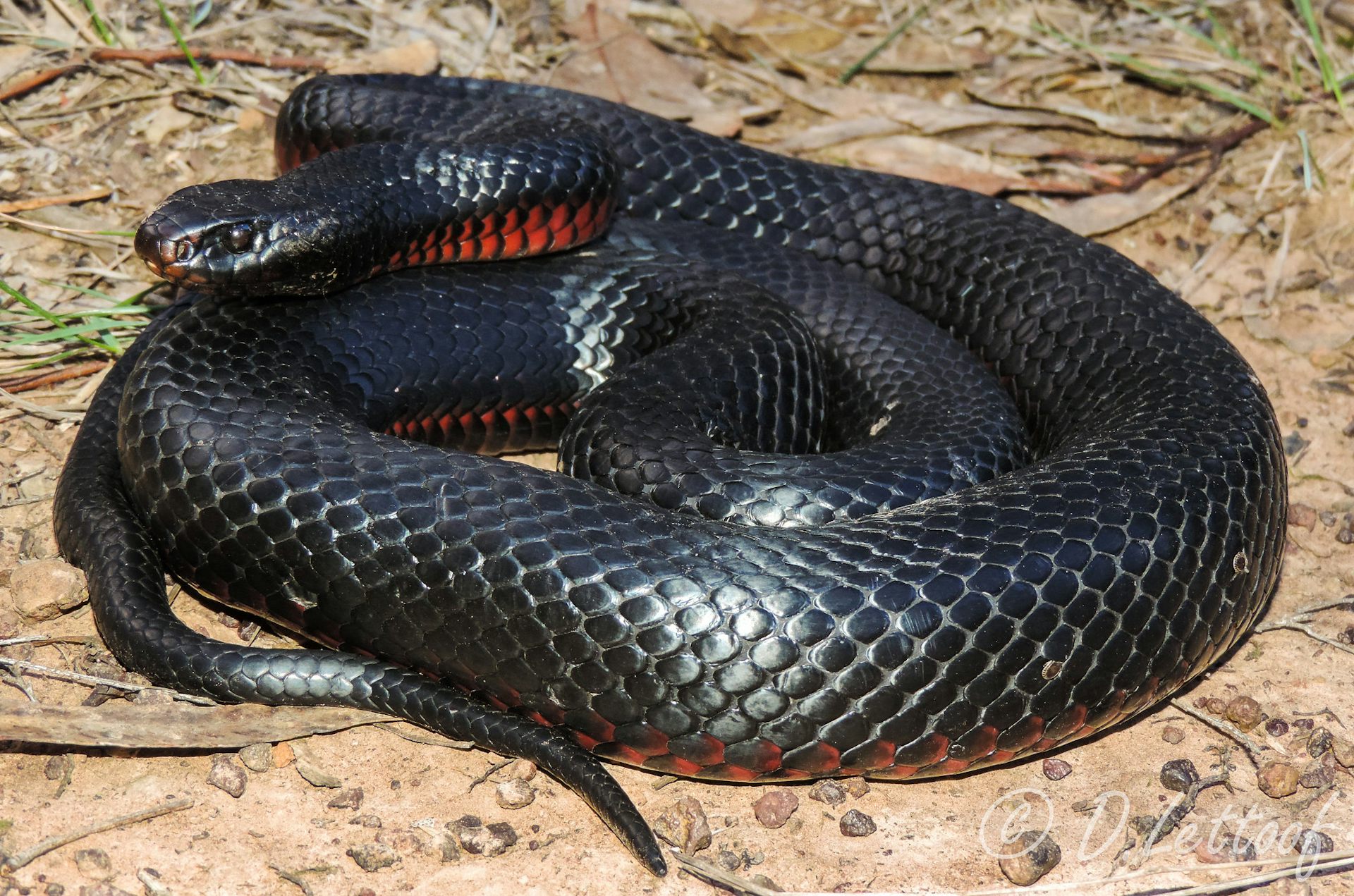Introduction
The Tasmanian tiger snake, medically called Notechis scutatus, Browse around this site is among Australia's the majority of fascinating reptiles. Located largely in Tasmania and its surrounding islands, this snake has gathered attention not only for its striking look yet additionally for its complicated habits and vital duty in the community. This article will check out the various elements of the Tasmanian tiger serpent's environment, actions, makeup, and communications with people while giving essential info concerning safety measures in case of a snake bite.
Whether you're a researcher, a wild animals lover, or simply somebody curious regarding these remarkable animals, this thorough guide promises to provide understandings that are both helpful and appealing. So let's embark on this journey to comprehend the Tasmanian tiger serpent better!
The Tasmanian Tiger Serpent: An Overview
Physical Characteristics of the Tasmanian Tiger Snake
Tiger serpents are defined by their unique coloration and patterns. They normally exhibit a mix of yellow or lotion stripes on a dark brown or black history-- therefore the name "tiger." Grown-up tiger snakes can grow up to around 2.1 meters long, although the majority of people balance around 1.5 meters.


Key Features:
- Coloration: Varies from dark brownish to olive green with lighter bands. Size: Adults generally range from 1.2 to 2.1 meters. Head Forming: Clearly broad with noticeable eyes.
Distribution and Habitat of the Tasmanian Tiger Snake
The Tasmanian tiger serpent predominantly populates seaside areas, marshes, marshes, and grasslands in Tasmania. It prospers in environments where it can quickly gain access to water sources given that it is commonly found near streams or lakes.
Habitat Preferences:
- Wetlands: Perfect for hunting prey like frogs and tiny mammals. Coastal Locations: Deals bountiful food resources. Grasslands: Gives cover and basking spots.
Understanding Tiger Snake Behavior
Feeding Behaviors of the Tasmanian Tiger Snake
Tiger snakes are carnivorous and opportunistic feeders. Their diet is composed mainly of frogs, fish, small mammals, and birds. They depend on their eager vision and swift movements for hunting.
Dietary Breakdown:
- Frogs: A main component due to abundance in marsh habitats. Fish: Often captured when swimming in superficial waters. Small Animals: Periodically exploit rodents.
Breeding Actions of the Tasmanian Tiger Snake
Tiger serpents have a remarkable reproductive cycle. Mating commonly happens in spring after arising from hibernation. Female tiger serpents bring to life live young instead of laying eggs, which is rather unique amongst reptiles.
Reproductive Cycle:
- Mating Period: Springtime (September to November). Gestation Period: Around three months. Litter Size: Varieties from 20 to 40 baby tiger snakes.
Aggression and Defense Mechanisms of the Tasmanian Tiger Snake
Though they can be aggressive when intimidated, tiger snakes frequently prefer to retreat instead of confront danger directly. Their main defense reaction include biting when caught or presenting their dimension through hissing.
Defensive Approaches:
- Hissing Noise: A warning signal showing distress. Bite Action: A last resort when escape alternatives are limited.
Are Tiger Snakes Venomous? Recognizing Their Venom
Venom Make-up and Effects
Yes! The Tasmanian tiger serpent is poisonous. Its venom contains neurotoxins that can cause significant damage or even fatality if left Find more information untreated. The effects of a bite can include paralysis, swelling at the bite site, nausea, and other systemic symptoms.
Venom Features:
- Neurotoxic Components: Affect nerve system functioning. Hemotoxic Results: Can bring about tissue damage.
Common Symptoms Complying with a Tiger Snake Bite
Recognizing signs and symptoms quickly is vital for reliable emergency treatment monitoring after a serpent bite:
- Severe discomfort at bite site Swelling Nausea or vomiting Difficulty breathing
First Aid for Serpent Bites: What You Need to Know
Immediate Tips After a Tiger Snake Bite
In case you experience a situation including a tiger snake bite, it's vital to act promptly:
Call emergency situation solutions immediately. Keep the influenced arm or leg immobilized in mind level. Remove limited apparel or jewelry around the bite site.
Creating Your Snake Bite First Aid Kit
Having a sufficiently stocked emergency treatment kit can make all the difference throughout emergency situations:|Thing|Function|| ------|---------|| Compression bandage|To paralyze limb|| Splint|To support hurt location|| Antiseptic wipes|For cleansing wounds|
FAQs About the Tasmanian Tiger Snake
What do child tiger snakes eat?
Baby tiger serpents mainly eat little bugs and amphibians till they grow large enough to quest larger victim like frogs or little fish.
How hazardous is a tiger serpent bite?
A tiger serpent bite can be very harmful due to its powerful venom; instant clinical interest is essential for survival.
Where are eastern tiger snakes found?
Eastern tiger snakes inhabit coastal regions throughout southeastern Australia yet are much less typical than their Tasmanian counterparts.
What must I do if I see a tiger snake?
Maintain your distance; do not try to handle it unless you're educated to do so-- most bites occur during attempts at Differences between Australian taipans and brown snakes capture or mishandling.
Can I survive without antivenom after being bitten?
While some people might endure without antivenom depending upon numerous variables such as wellness conditions and time taken for therapy; seeking immediate clinical help is always recommended as it substantially increases survival chances.
Are there any kind of details precaution I should take while treking in Tasmania?
Always use tough boots, stay on significant tracks, stay clear of tall yard where presence may be restricted; familiarize on your own with local wildlife prior to going out into nature!
Conclusion
The Tajamanian tiger serpent stands for a vital part of Australia's abundant biodiversity landscape both ecologically as killers and culturally as signs within Australian folklore. Understanding their habitat preferences together with habits supplies understanding right into how we can coexist securely while appreciating wild animals limits-- keeping in mind that awareness leads us towards more secure journeys outdoors!
By staying notified about prospective dangers such as envenomation from attacks while additionally taking preventive measures guarantees favorable experiences when coming across these interesting creatures!

In verdict, whether you're fascinated by their striking appearance or captivated by their intricate behaviors-- the Tasmanian tiger serpent unquestionably is entitled to acknowledgment beyond plain attraction-- it envelops nature's charm linked elaborately within our ecosystems!